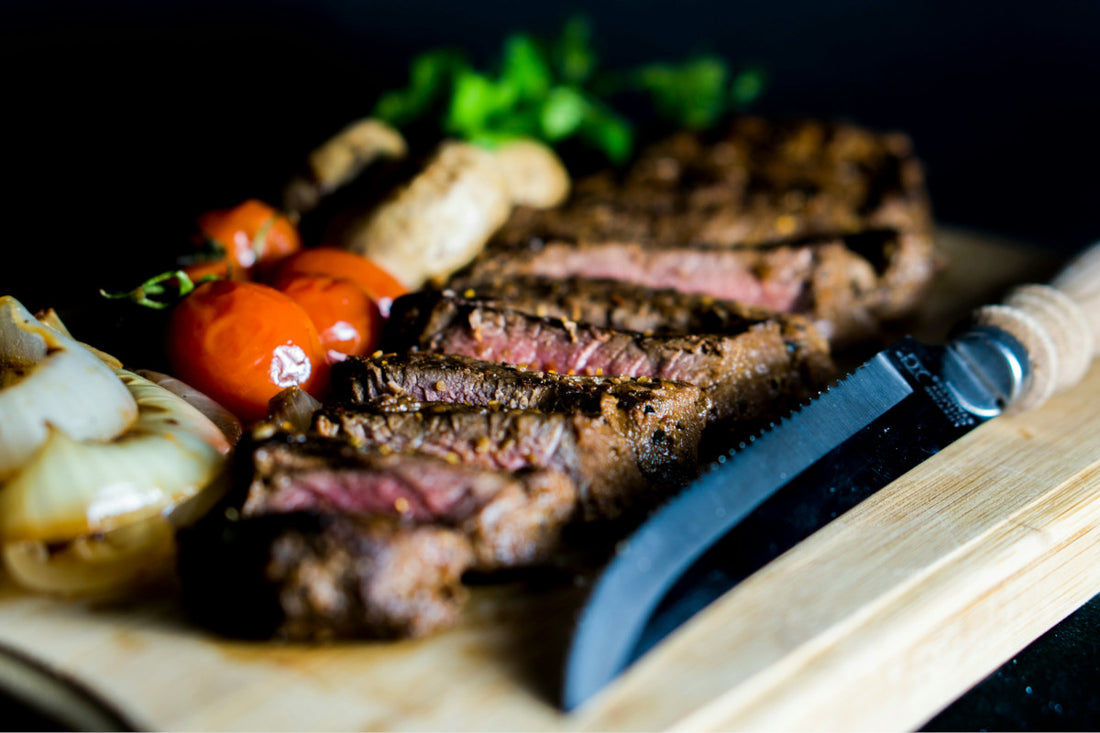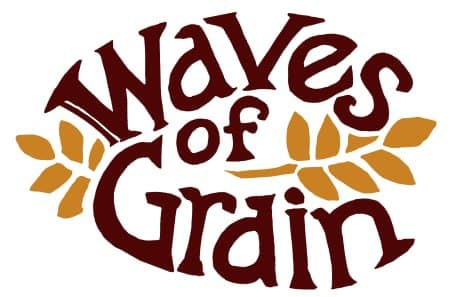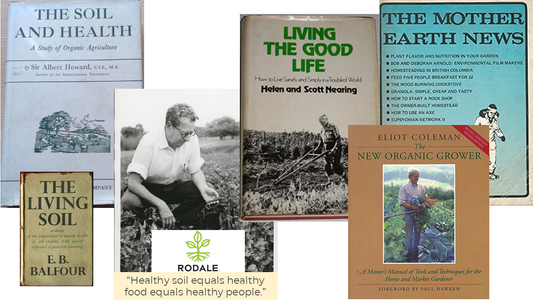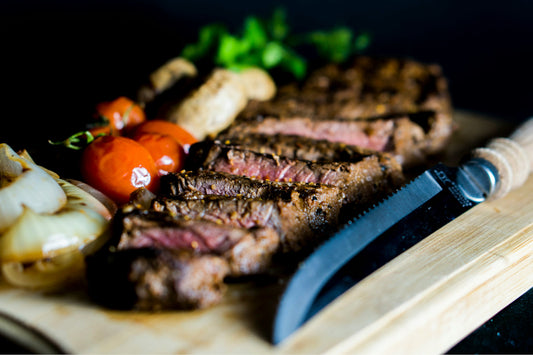
Enjoying the Tougher Cuts
Tougher cuts, such as chuck, flank, brisket, and round, come from well-exercised parts of the animal, like the shoulder or hind legs. These cuts are rich in collagen and connective tissue, which break down during slow cooking to create tender, flavorful meat. While they may require more time and technique, they offer great nutritional value and versatility across different types of meats, including beef, bison, yak, goat, and lamb.
For those willing to invest a little time, the reward is meat that melts in your mouth. Slow cooking methods transform tough connective tissues into tender, savory dishes that faster cooking can’t achieve.
Here are several techniques to master:
Crockpot – Ideal for beginners and time-challenged professionals, the crockpot makes it easy to achieve tender results with minimal effort. Just add the meat, some water or broth, chopped vegetables, herbs, salt, and seasonings, then set it on high. The long, slow cooking process does the rest, breaking down tough fibers into a tender, flavorful dish.
Braising – This method starts by searing the meat to develop flavor, then slow cooking it in a small amount of liquid. Braising locks in moisture and enhances the dish's depth of flavor. Braise in your oven using a temperature under 325°F (163°C), usually 275 or 300 but some chefs go as low as 200°.
Slow Roasting – Perfect for larger cuts like roasts, slow roasting involves cooking the meat in the oven at low temperatures (also below 325°F) over several hours. While braising combines moist and dry heat, roasting relies on dry heat only. This method ensures even cooking, resulting in tender meat that stays juicy.
Stewing – Begin by browning the meat in ghee or oil to add rich flavors. Then, simmer it in broth, wine, or water with herbs, spices, and vegetables for several hours, allowing the flavors to meld and the meat to become tender.
Whether you’re a novice or a seasoned cook, these techniques make exploring tougher cuts a rewarding journey, opening up new ways to enhance the flavors and textures of your meals. Happy cooking!



